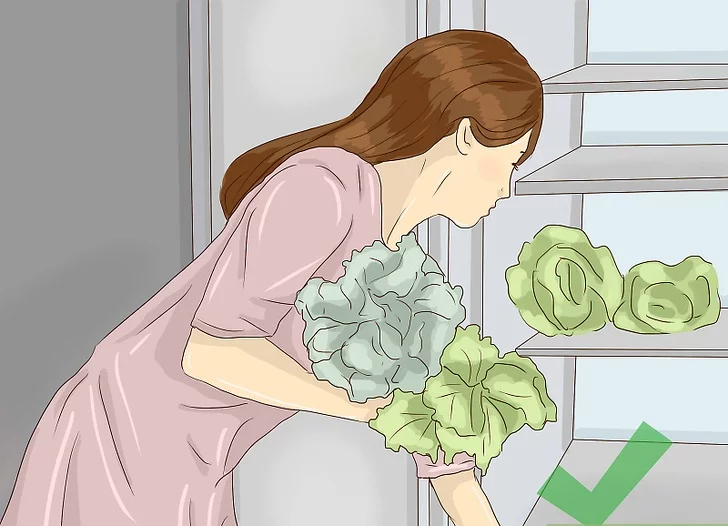How to plant lettuce indirectly?
HYDROPONICS PROCESS:
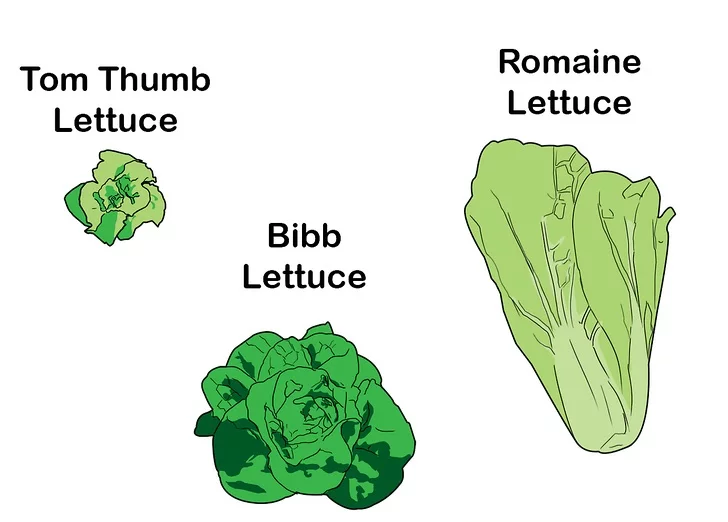
Step 1:
Germinating the seeds. Choose type of lettuce seeds you want to grow
Step 2:
Use a water culture system. Water culture systems, in which plants float directly on top of water while their roots grow down and absorb nutrients, are the most effective and simplistic.
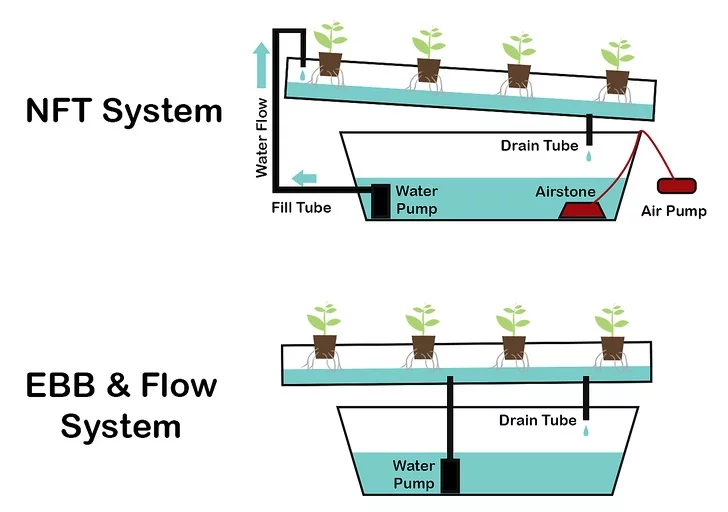
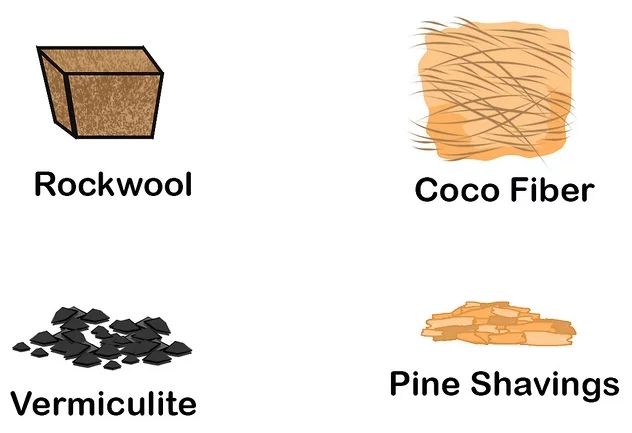
Step 3:
Select a growing medium.
Step 4:
Get a container that will act as a nutrient reservoir. Choose a container with a large surface area, but also make sure it’s at least 8 inches (20 cm) deep so that the plant roots can grow downward without trouble.
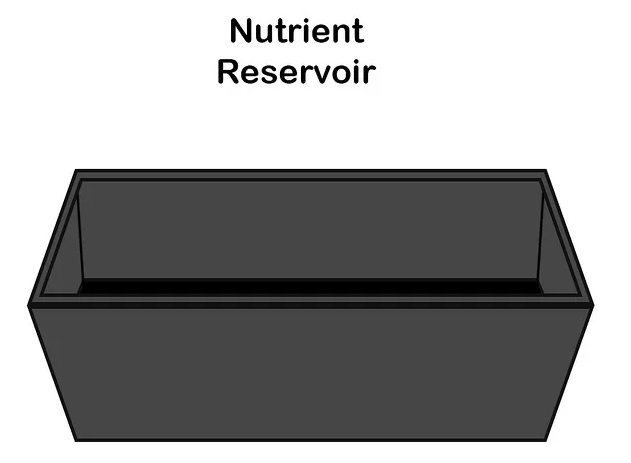
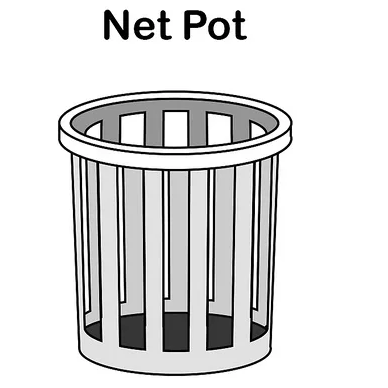
Step 5:
Prepare net pots and floating platforms.
Step 6:
Set up an aquarium pump to provide necessary aeration. You’ll need to have a system in place that creates air bubbles or recirculates the water in your reservoir so that the plant roots don’t suffocate.
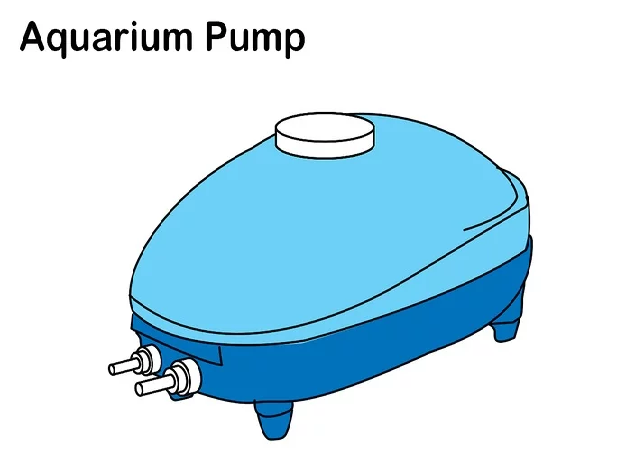
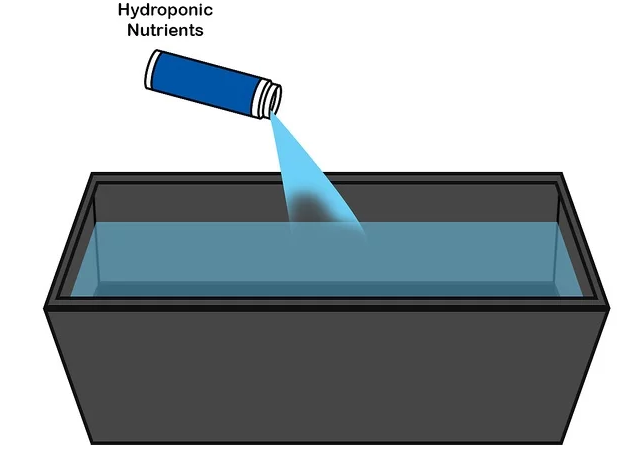
Step 7:
Provide the reservoir with a mixture of hydroponic nutrients and water.
Step 8:
Create a nursery so that your seeds can germinate.
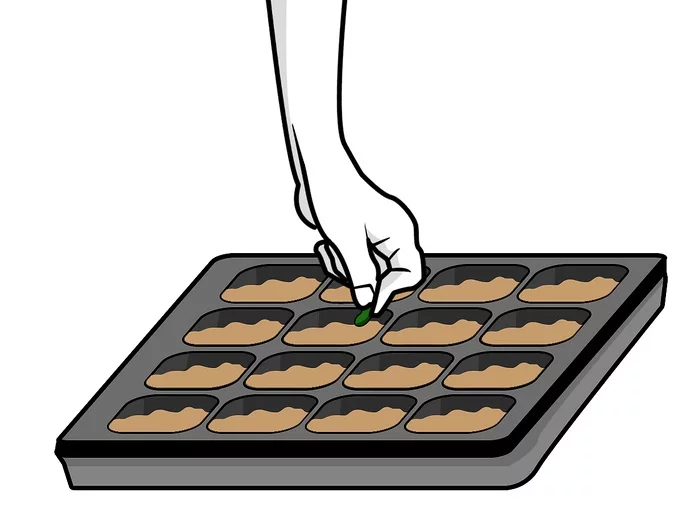
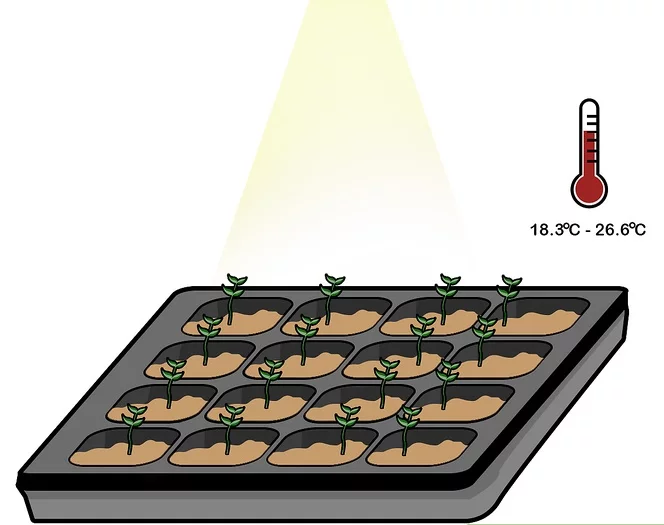
Step 9:
Caring for the Lettuce. Tend to your sprouting seedlings. In order to get your lettuce started, water your nursery every other day and keep it in a well-lit or naturally sunny area where it is between 65° and 80° Fahrenheit (18.3-26.6° Celsius). Grow these until the seedlings are 2 inches (5 cm) tall and have about 4 leaves.
Step 10:
Create a nursery so that your seeds can germinate.
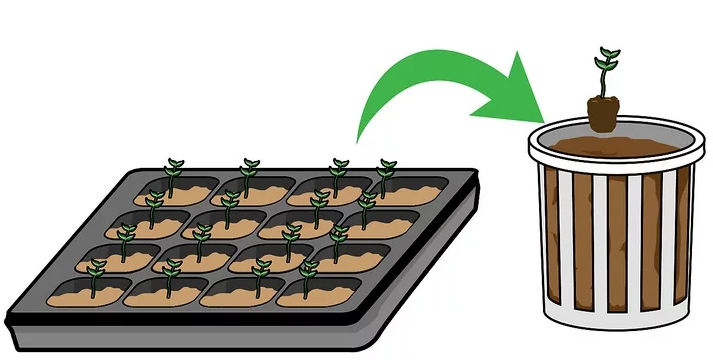
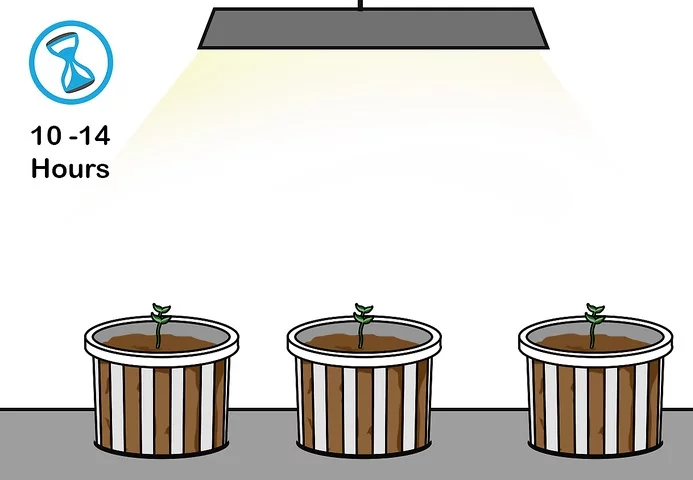
Step 11:
Give the lettuce plants 10-14 hours of fluorescent light per day.
Step 12:
Keep the temperature between 55 and 75° Fahrenheit (12.7-23.8° Celsius). Lettuce is a crop that grows better in a cooler environment. For the best results, keep the temperature around 55° Fahrenheit (12.7° Celsius) at night and around 75° Fahrenheit (23.8° Celsius) during the day.
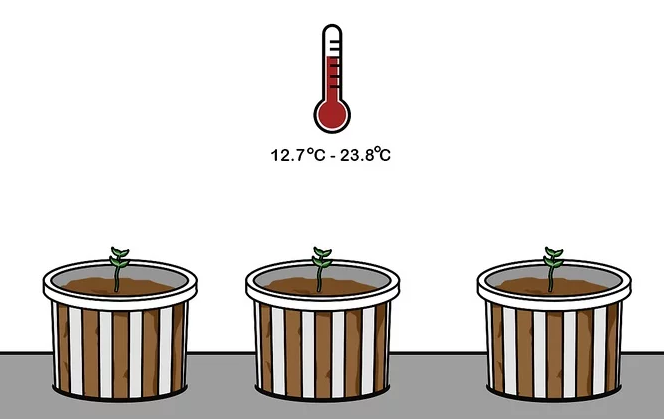
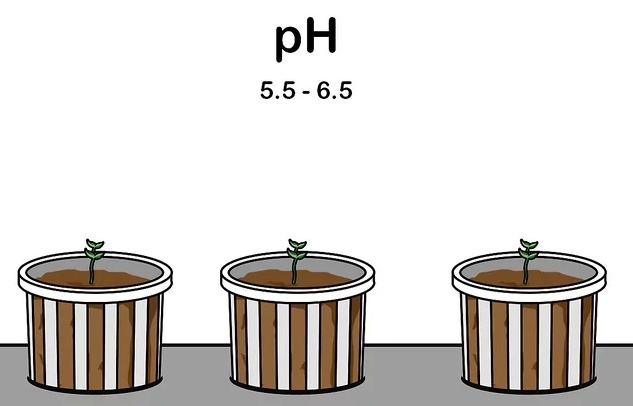
Step 13:
Make sure the pH stays between 5.5 and 6.5.
Step 14:
Pick outer leaves only. After 5-6 weeks, your lettuce should be fully grown.
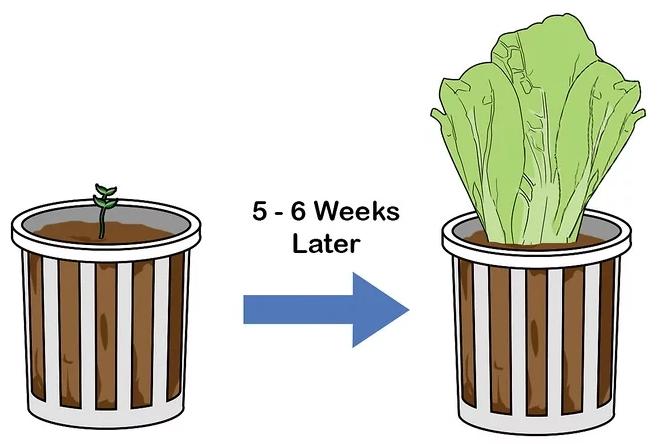
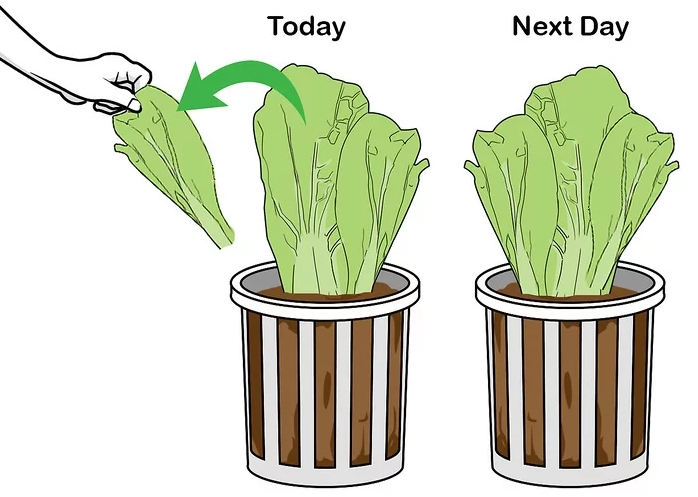
Step 15:
Rotate which plants you pick from. Avoid picking all of the leaves from each plant at once. Pick leaves from one plant one day and another plant a few days later.
Step 16:
Move the rooted crop to a cold, humid environment to keep it fresh.
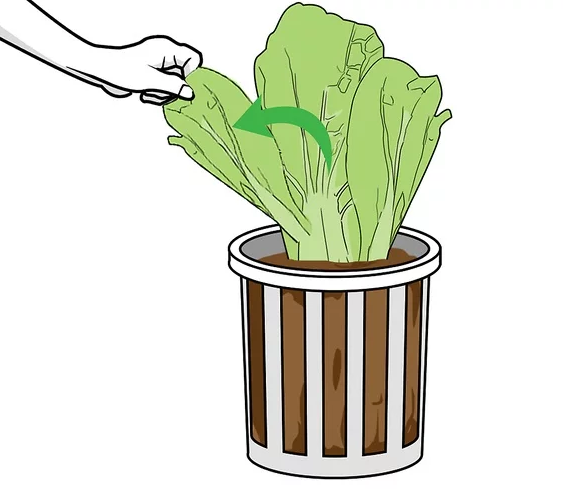
SOIL PROCESS:
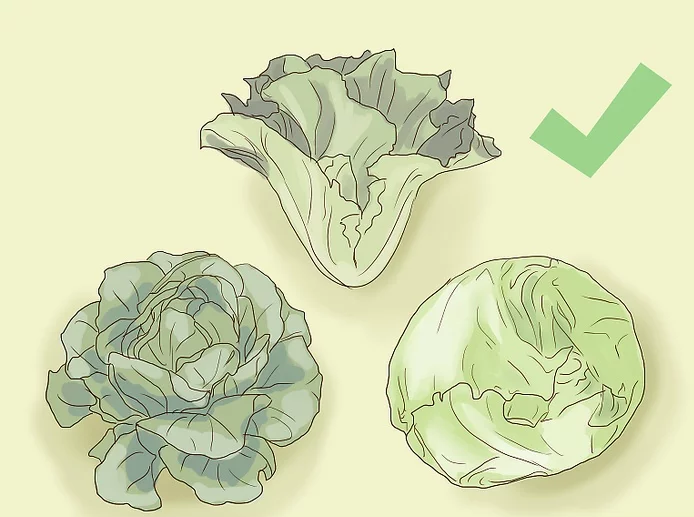
Step 1:
Choose a head lettuce variety for indoor planting.
Step 2:
Prepare seed trays. Fill the seed trays to within 1⁄2 inch (1.3 cm) of the top with a soilless growing medium. Moisten the medium in preparation for sowing the seeds.


Step 3:
Sow the seeds 4-6 weeks before the last spring frost. This will be the time to germinate and sprout before the ground gets soft enough to plant them outside. Scatter seeds evenly into the compartments in the seed tray. Use your fingers to gently press them into the growing medium.
Step 4:
Give the seeds plenty of sunlight and water. Place the tray in a sunny window and keep the growing medium moist at all times.
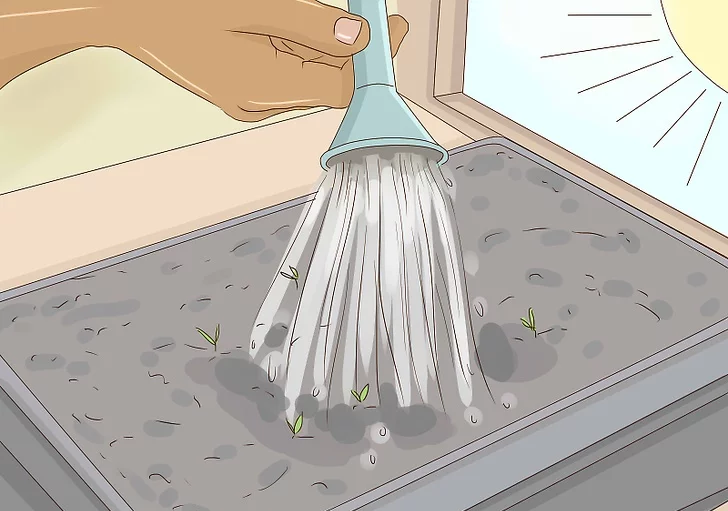
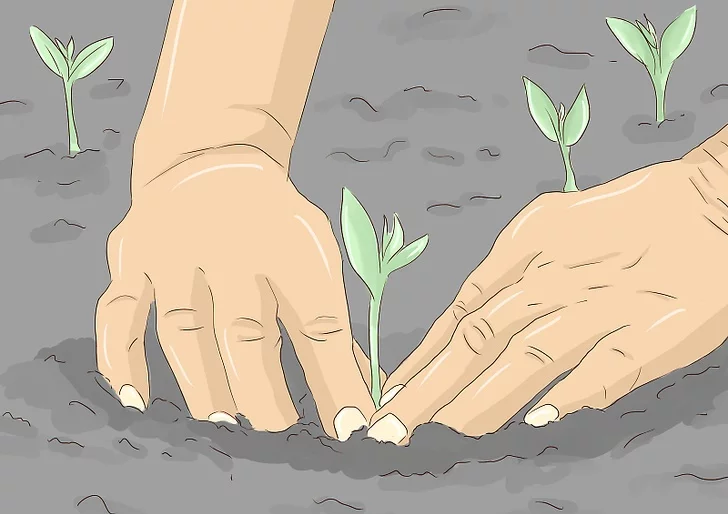
Step 5:
Transplant into the garden. The earliest you can transplant your seedlings is two weeks before the last spring frost date. Dig holes in rows 16 inches (40.6 cm) apart, just deep enough to plant the root balls underground. Lift the lettuce seedlings from the seed tray and place them into the holes.
Step 6:
Fertilize the lettuce three weeks after transplanting.
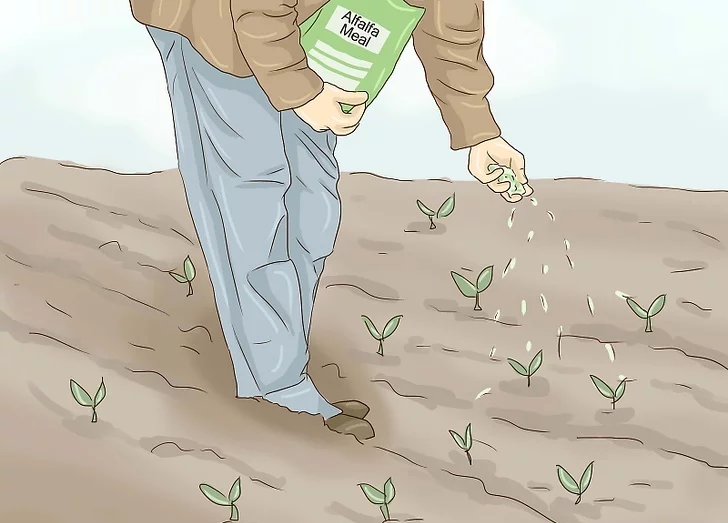
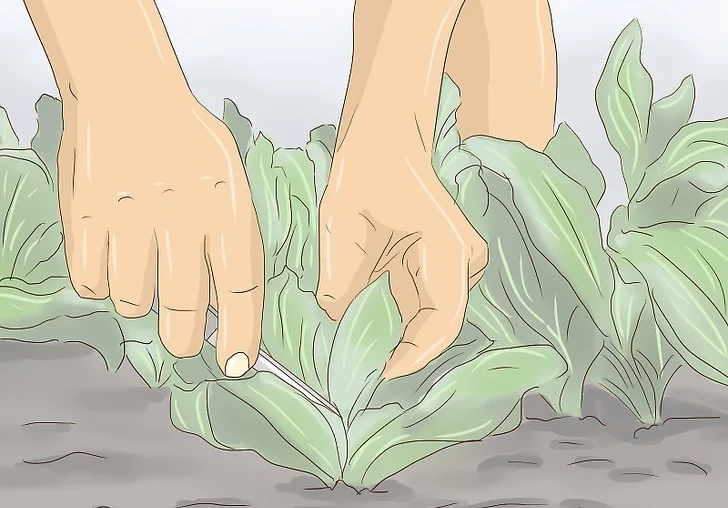
Step 7:
Cut mature leaves. When the leaves look mature enough to eat, resembling lettuce leaves, cut them with a harvest knife or scissors. After a few weeks, when the plant is mature, cut the whole plant from the ground. If you leave it in, the lettuce will eventually go bad.
Step 8:
Store harvested lettuce in the refrigerator.
